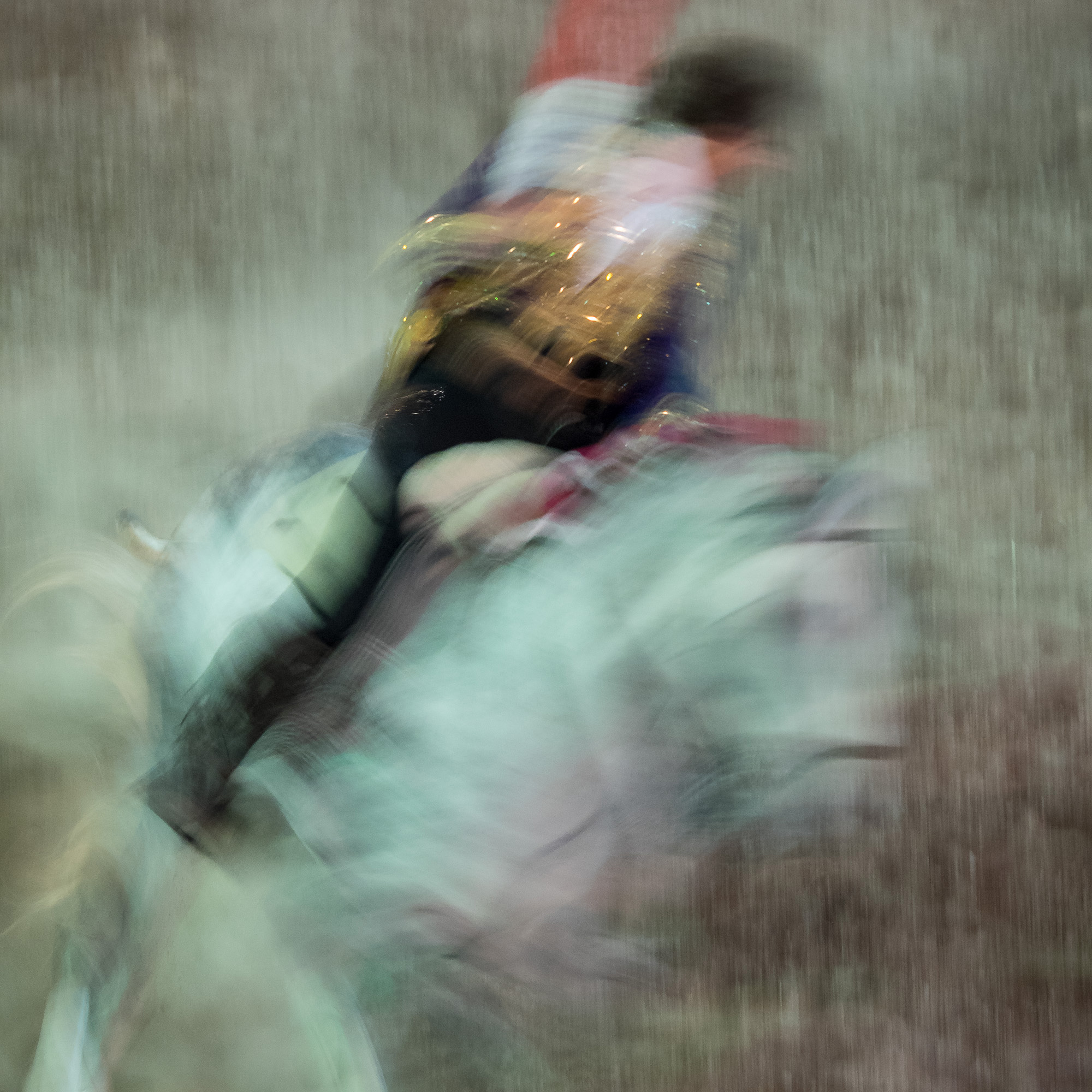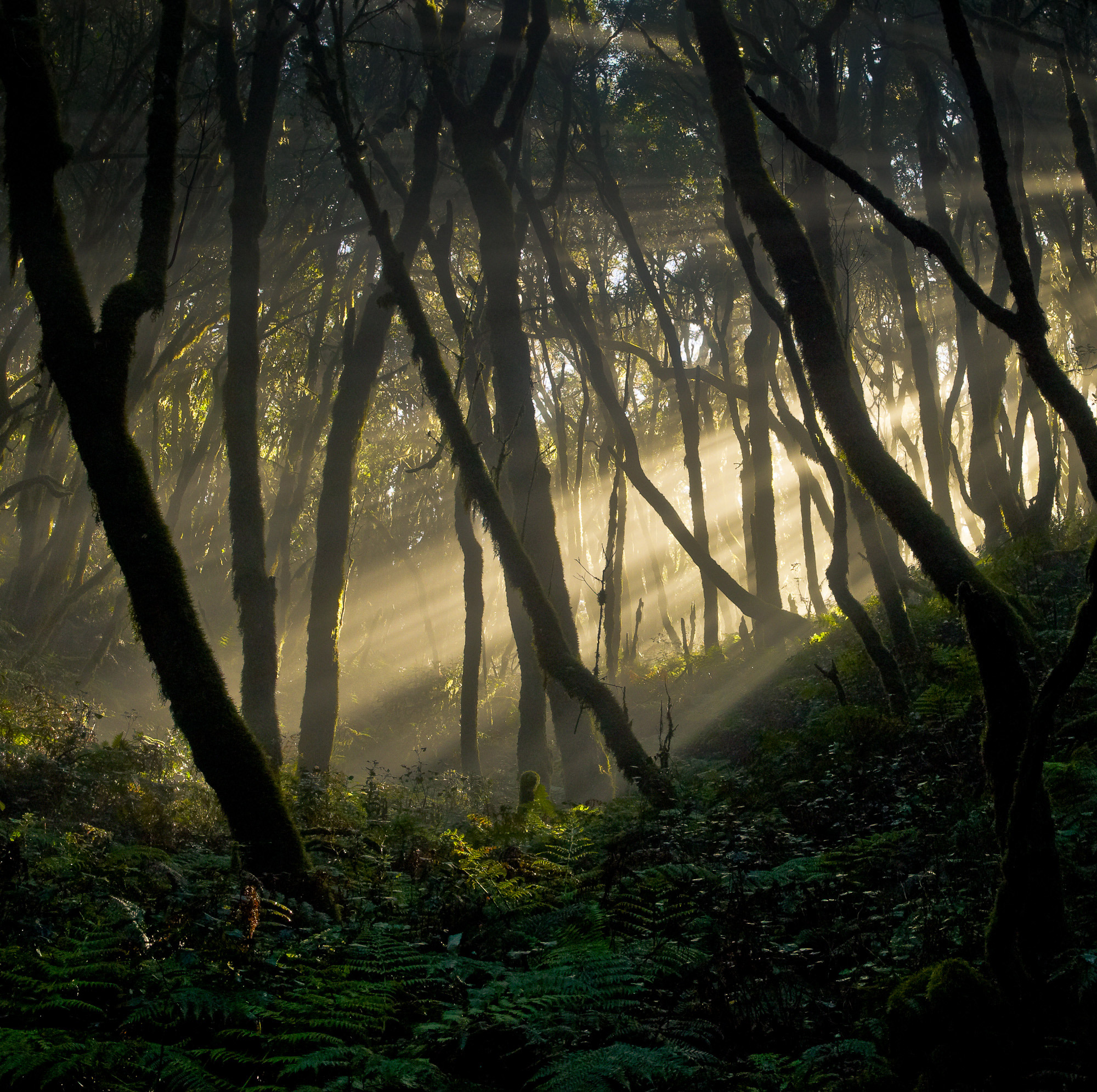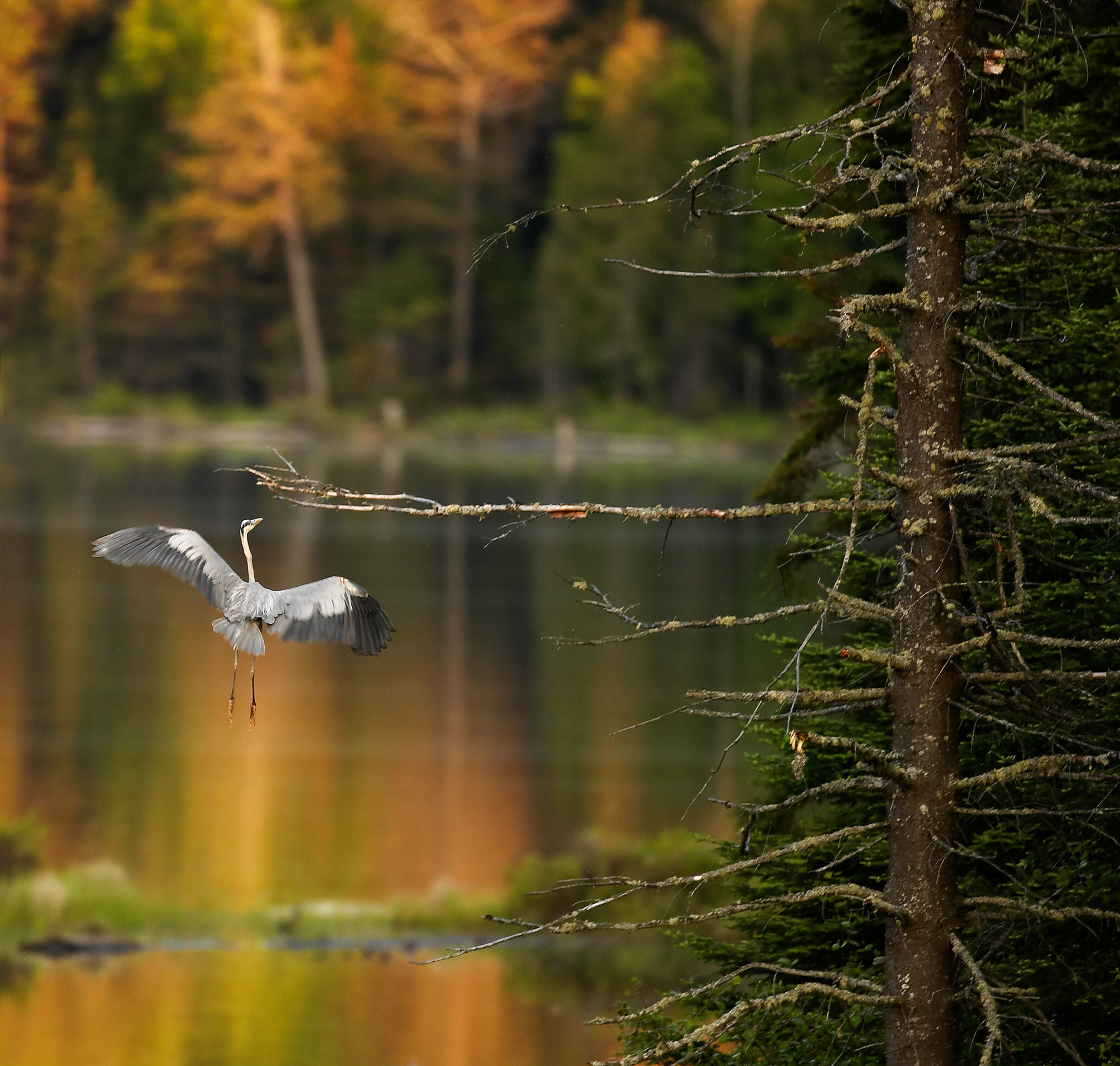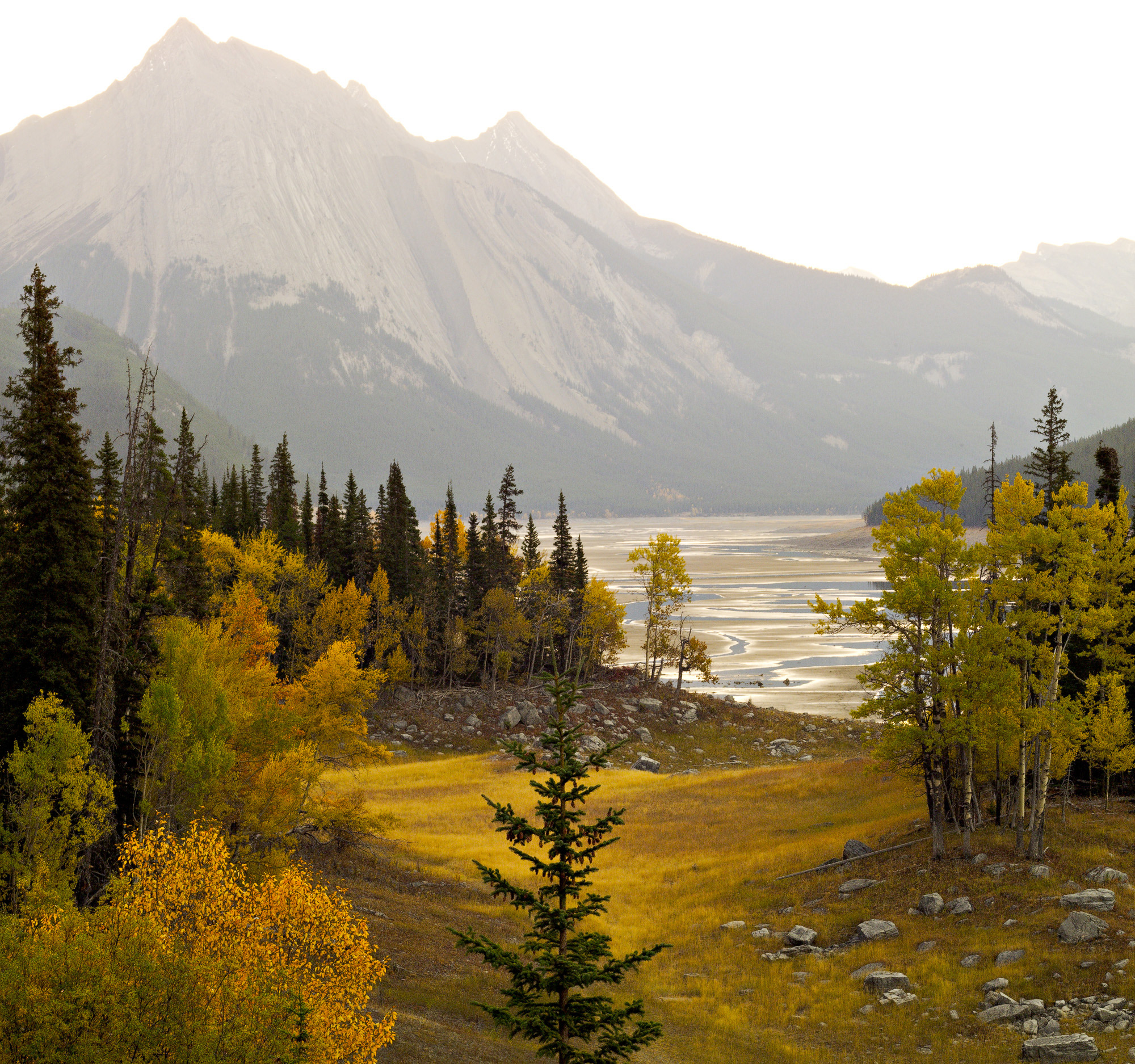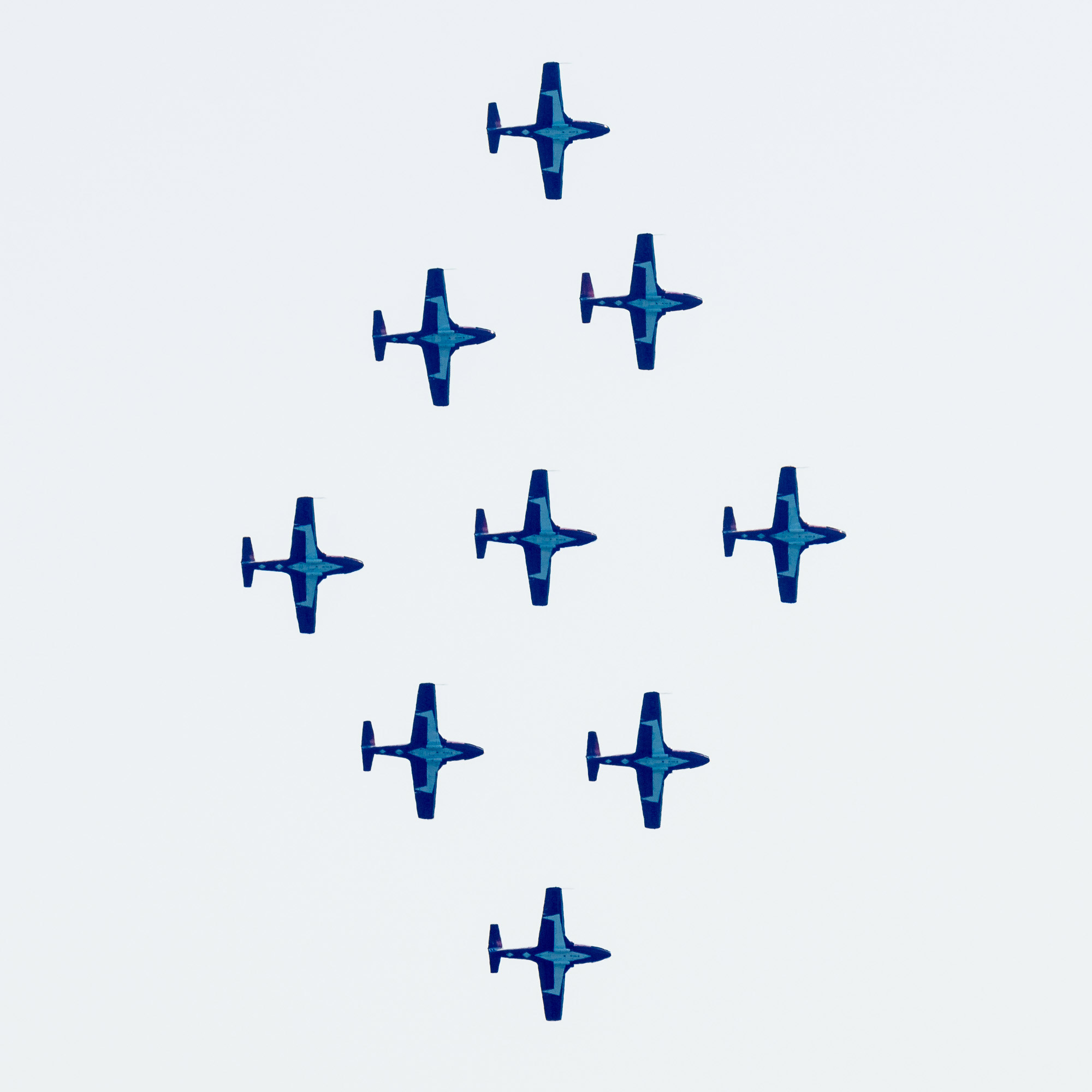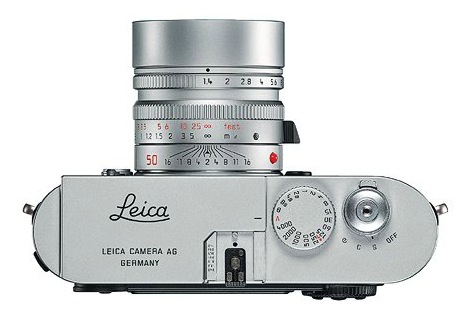
So – you have a Leica M8 or M9 (or even an MP, M6 or previous film-based M body). But what do you do about having a backup body? You’re a pro, if not in practice then in spirit, and you’d never go on a shoot with just a single camera body. Right?
Another M9 is likely out of the question financially. That’s money that could likely be better spent on some additional delicious M lenses. What to do?
With the advent of so-called mirrorless cameras we now have an alternative – several in fact. For between $500 and $1,000 there are now quite a few choices of so-called mirrorless cameras with 12 – 16MP sensors. Add a good quality lens adaptor, and just about any Leica M mount (or older screw mount) lens can be used. Total cost – about 1/10th of another M9. Image quality? Not as good as an M9, to be sure, but still quite OK, and there as a back-up when needed.
This article will look at three current alternatives, theSony NEX-5,Panasonic GH2, andOlympus E-PL2. The Sony has an APS-C sized sensor with a 1.5X crop factor when used with a full-frame Leica lens, while the Panasonic and Olympus are Micro 4/3, with a 2X crop factor.
Panasonic GH2
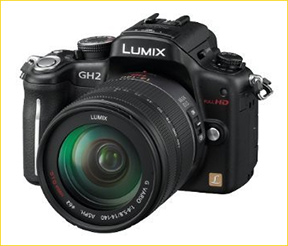
The camera with the best built-in EVF along with the most accessible manual controls and the highest quality video of all cameras that can take Leica M glass is the Panasonic GH2. Its electronic viewfinder is the best currently available, and making Live View shooting with an M lens a real pleasure.
Magnified focusing is accomplished by pressing the F2 key, then the Set button, which works well enough, but is awkwardly placed when shooting at eye level. Fortunately, pressing in on the click wheel does the same thing and is more convenient.
Olympus E-PL2
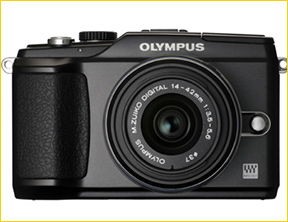
The Olympus E-PL2, as well as other Olympus PEN models, share theMicro Four Thirdslens mount with Panasonic. This means that any MFT lens, or other lens via an MFT adaptor, can work on any camera. But something worth considering is that while Panasonic puts stabilization in their lenses, Olympus’ stabilization is sensor based.
If you put a Panasonic lens on an Olympus body you now have a choice of the lens’ stabilization, or the body’s. Most people agree that for longer lenses lens-based stabilization is better, but for shorter lenses it’s a toss up. For video though, lens-based is best.
But what about when using third-party lenses such as Leica M glass via an adaptor? In this case it’s no contest. Obviously body/sensor based stabilization is the only thing that works, and it works surprisingly well.
This factor alone makes an Olympus MFT camera an appealing choice for use with Leica M lenses. Indeed any lens when used on an Oly body is stabilized, regardless of its make or focal length. Be aware though that when lenses are mounted via an adaptor you need to tell the camera the focal length of the lens used via a menu selection for it to do the best job.
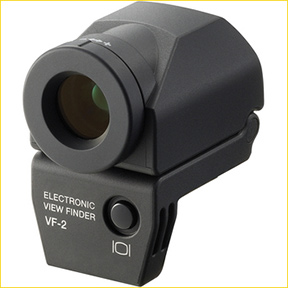 Olympus VF-2 Accessory Viewfinder
Olympus VF-2 Accessory Viewfinder
Focusing magnification is accomplished by pressing the dedicated rear panel magnify button. My recommendation though is that you use the available VF-2 accessory viewfinder. It is comparable in image quality to the one built in on the Panasonic GH2.
Sony NEX-5
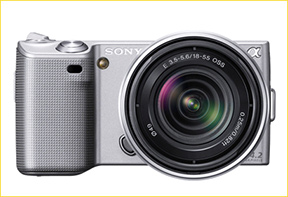
Sony’s NEX cameras are (as of June, 2011) the smallest interchangeable lens cameras available, and therefore the smallest that can take a Leica M lens via an adaptor.
With thenew firmware update made available on June 20, the “Focus Peaking” capability introduced in early June with theNEX C-3is now available on the 5 and the 3. Indeed, since the C3 won’t be available till later in the summer the NEX-3 and NEX-5 actually have it first.
When a manual focusing lens is mounted areas of the image that are in focus will shimmer in a colour selected by the user (Red / White / Yellow). The sensitivity for this function is also set-able over a four increment range.
One can press also the MF Assist button for a 7X or 14X magnification. As noted below, for really critical focusing the lens should be set to wide-open aperture, and then stopped down to shooting aperture when ready.
A Word of Caution
Leica lenses have, of course, a mechanical aperture ring on the lens barrel. Since there is no aperture pre-set needed, the lens is always used at its set shooting aperture. On an M Leica this is of no importance, but on a Live View digital camera it is. Sort of.
All of these cameras compensate their LCD and EVF viewing so that regardless of the lens aperture the image is presented with a corrected appearance in terms of exposure. But, not the depth of field!
If, for example, you have the lens set to f/8, then you’ll be visually focusing at f/8, with f/8 depth of field. This makes visual focusing much less accurate than it can be. What you need to do is open the aperture to wide open, focus and then close down to the desired shooting aperture. A small delay, to be sure, but a worthwhile one.
The Winner Is…
Curiously, there is no clear winner. In my opinion the Panasonic GH2 has the best all-around combination of features and capabilities as a stand alone camera. The Olympus E-PL2 is smaller and has sensor-based stabilization when used withanylens. The Sony NEX-5 has the largest sensor and arguably the best image quality (and lowest crop factor) and also has the smallest and lightest body. And, with the addition of Focus Peaking, now available as a simple firmware update, it offers the fastest and most accurate focusing of MF lenses.
But, the Sony is prevented from being declared the winner by not offering a high quality (or for that matter any) viewfinder.
With new cameras coming from all three manufacturers in the second half of 2011 it will be worth noting which one becomes the new favourite as a Leica M8 / M9 backup. Regardless of which you choose though, a moderately priced mirrorless camera in combination with a lens adaptor and your Leica M glass is a winning combination in its own right, not to mentioned a piece-of-mind back-up when working on location.
June, 2011
Read this story and all the best stories on The Luminous Landscape
The author has made this story available to Luminous Landscape members only. Upgrade to get instant access to this story and other benefits available only to members.
Why choose us?
Luminous-Landscape is a membership site. Our website contains over 5300 articles on almost every topic, camera, lens and printer you can imagine. Our membership model is simple, just $2 a month ($24.00 USD a year). This $24 gains you access to a wealth of information including all our past and future video tutorials on such topics as Lightroom, Capture One, Printing, file management and dozens of interviews and travel videos.
- New Articles every few days
- All original content found nowhere else on the web
- No Pop Up Google Sense ads – Our advertisers are photo related
- Download/stream video to any device
- NEW videos monthly
- Top well-known photographer contributors
- Posts from industry leaders
- Speciality Photography Workshops
- Mobile device scalable
- Exclusive video interviews
- Special vendor offers for members
- Hands On Product reviews
- FREE – User Forum. One of the most read user forums on the internet
- Access to our community Buy and Sell pages; for members only.






